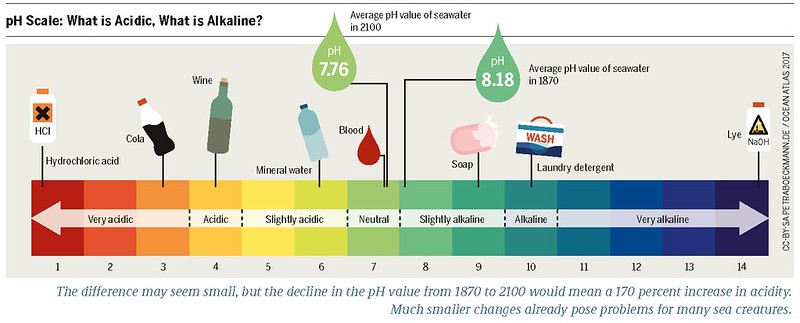The pH value of water in hot springs can range from as low as 0.8 in acid sulfate springs to nearly neutral in alkaline chloride springs. Understanding the pH of hot spring water is crucial for ensuring a safe and enjoyable experience, as well as for supporting the unique ecosystems that thrive in these geothermal environments.
Understanding the Chemistry of Hot Springs
The pH of hot spring water is influenced by the rocks and minerals that the water comes into contact with as it rises to the surface. Acid sulfate springs are fed by hydrothermal fluids containing hydrogen sulfide, which is oxidized to form sulfuric acid, lowering the pH of the water. Alkaline chloride springs, on the other hand, are formed when groundwater containing dissolved chloride salts reacts with silicate rocks at high temperatures, resulting in nearly neutral pH water that is saturated with silica.
Hot springs can also contain a variety of dissolved minerals, including calcium, lithium, and radium, as well as reduced chemical species that microorganisms can oxidize as a source of energy. This rich chemical environment supports communities of extremophiles, microorganisms adapted to thrive in extreme conditions.
Measuring and Adjusting the pH of Hot Spring Water
For those looking to use hot springs for bathing or relaxation, it is important to be aware of the temperature and pH of the water. Immersion in water that is too hot can lead to scalding and potentially be harmful, while the pH of the water can affect the skin and mucous membranes, with acidic water potentially causing irritation and alkaline water potentially having a drying effect.
To measure the pH of hot spring water, you can use a pH test strip or meter. If the pH is outside of the desired range, you can add acid or base to adjust the pH. However, it is important to consult with a professional before making any adjustments, as adding chemicals to a hot spring can have unintended consequences.
As an alternative, you can use home remedies to adjust the pH of the water. For example, you can add baking soda (sodium bicarbonate) to alkaline water to lower the pH, or you can add vinegar (acetic acid) to acidic water to raise the pH. Again, it is important to use these remedies in moderation, as adding too much acid or base can disrupt the natural chemistry of the hot spring and potentially be harmful to the environment.
Contaminants and Chemicals in Hot Springs
In addition to pH, hot springs can contain a variety of contaminants and chemicals, including heavy metals, bacteria, and other microorganisms. These contaminants can be present due to natural processes, such as the dissolution of minerals from rocks, or due to human activities, such as the release of industrial waste or the use of chemicals in the treatment of the water.
To protect yourself from contaminants in hot springs, it is important to be aware of the water quality and to take appropriate precautions. This may include avoiding hot springs that are known to be contaminated, using a filter or other treatment system to remove contaminants, or taking other steps to reduce your exposure to potential hazards.
Conclusion
The pH of water in hot springs can range from acidic to alkaline, depending on the geology and chemistry of the area. Understanding the pH and mineral content of hot spring water is crucial for ensuring a safe and enjoyable experience, as well as for supporting the unique ecosystems that thrive in these geothermal environments. By taking the necessary precautions and using appropriate testing and adjustment methods, you can enjoy the therapeutic benefits of hot springs while minimizing the risks associated with their chemical composition.
References:
- ScienceDirect Topics. (n.d.). Hot Springs – an overview. Retrieved from https://www.sciencedirect.com/topics/agricultural-and-biological-sciences/hot-springs
- Wikipedia. (n.d.). Hot spring. Retrieved from https://en.wikipedia.org/wiki/Hot_spring
- ResearchGate. (n.d.). List of hot-springs with their temperature and pH values. Retrieved from https://www.researchgate.net/figure/List-of-hot-springs-with-their-temperature-and-pH-values_tbl1_232746821
- National Park Service. (n.d.). Experience the Water – Hot Springs National Park (U.S. National Park Service). Retrieved from https://www.nps.gov/hosp/planyourvisit/thermal-springs.htm
- USGS. (n.d.). Why do most geyser- and sinter-producing hot springs have alkaline (basic) pH? Retrieved from https://www.usgs.gov/observatories/yvo/news/why-do-most-geyser-and-sinter-producing-hot-springs-have-alkaline-basic-ph
- Home Water 101. (n.d.). Hot Springs Water Quality and pH. Retrieved from https://www.homewater101.com/hot-springs-water-quality-ph/.

